 Miep Gies with her book, “Anne Frank Remembered.” Photo by Steve North.
Miep Gies with her book, “Anne Frank Remembered.” Photo by Steve North.
In the first half of 1929, two baby girls were born to Jewish families living in and near Frankfurt, Germany. One, sweet and dark-haired, had an older sister; the other, a smiling redhead, was an only child. As they turned 4 years old, the safe worlds their parents had created for them began to crumble. Hitler had come to power, and life for every German Jew was rife with danger. The dark-haired girl’s father decided to flee the country with his wife and children to Amsterdam. Some time later, the red-haired child’s parents made the same decision, eventually making their way to New York.
The dark-haired girl was Anne Frank, whose extraordinary diary, written in the years before her death at age 15 in the Bergen-Belsen concentration camp, has made her the single most recognizable victim of the Holocaust.
The red-haired girl is my mother, Brunhilde Bachenheimer, and when I climbed the narrow stairs to Anne Frank’s hiding place 35 years ago, I was overcome with the realization that my own family had so narrowly escaped a similar fate.
On a return trip to Amsterdam in 1998, I felt an intense need to connect with Anne’s life and story on a deeper level. I wrote a note to Miep Gies, who had become an employee and friend of Anne’s father, Otto, in 1933. Back then, Miep took an immediate liking to the vivacious and intelligent Anne, thinking, “This is the kind of child I’d like to have someday.”
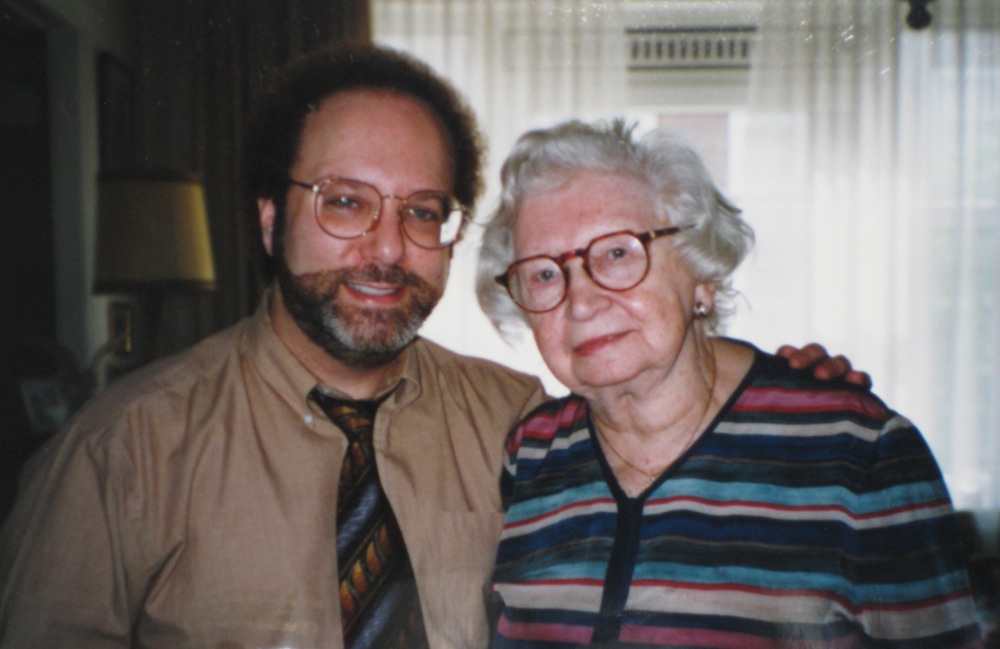
In 1942, the brutal oppression of Dutch Jews by the Nazi occupiers of Holland escalated, with an increase in deportations. After Anne’s sister was ordered sent to Germany, Otto Frank approached his loyal bookkeeper and asked if she and her husband, Jan, would be willing to risk their lives by hiding the Franks and four other Jews. Miep’s immediate reply: “Of course.”
For the next 25 perilous months, Miep, Jan (whose name was disguised as “Henk” in the diary), and three others provided food and comfort for those in the “Secret Annex.” Anne often wrote about her would-be saviors, calling them “noble and unselfish.” “Never have we heard one word of the burden we must certainly be to them. Never has one of them complained.” She singled out the fearless Miep for particular praise. “Miep is just like a pack mule; she fetches and carries so much.” On May 8, 1944, she marvels, “It seems as if we are never far from Miep’s thoughts.”
Soon after, the diary abruptly ends, as the Franks are betrayed, arrested and deported. Two of those who hid the group were sent to concentration camps. Miep, who had supplied nearly all the notebooks for her young friend’s diary, was determined to retrieve them, despite the enormous threat from the watchful Nazis. She managed to find and hide Anne’s precious work of literature for a year, until official word came that Anne was dead. On that dreadful day, Miep reached into her desk drawer, removed the sheaves of paper and handed them to a shattered Otto Frank, the only survivor of the eight hidden Jews. “Here,” she told him, “is your daughter Anne’s legacy to you.”
I wanted to touch this living link to that awesome moment, to shake her hand, to say thank you. Not long after sending my note, the phone rang in my Amsterdam hotel room. “Mr. North? This is Miep Gies. Can you come here tomorrow?”
The next morning, I entered Miep’s tiny apartment, located over a bicycle shop. There she was: short, sturdy, white-haired, with a firm handshake and an almost visible aura of kindness. Speaking in both English and German, the Vienna-born woman pointed to a poignant oil painting of a young girl looking wistfully through a window. “This is my Anne,” she said, “the real Anne, like I remember her.”
Later, Miep showed me a small, graceful mahogany piece of furniture. It was a writing desk that had belonged to Anne’s mother, Edith, a priceless gift to Miep from Otto after the war. I touched its smooth surface, and imagined Anne sitting there, doing her schoolwork or composing stories, in the years before she went into hiding.
Miep let me peruse the thousands of letters she had received from schoolchildren, all neatly catalogued in huge looseleaf binders, many asking the same thing: why did you risk your life? She does not really understand the question. “It was simple; I did not think about myself. I must do this to save the people, for my ‘Gewissen’ … for my conscience.”
Although leading a relatively reclusive life for the last dozen years, Miep continued to receive, read and answer those letters until her death on January 11th at the age of 100. Living in an old age home north of Amsterdam, near her son and three grandchildren, she would read two newspapers a day and keep up with current events.
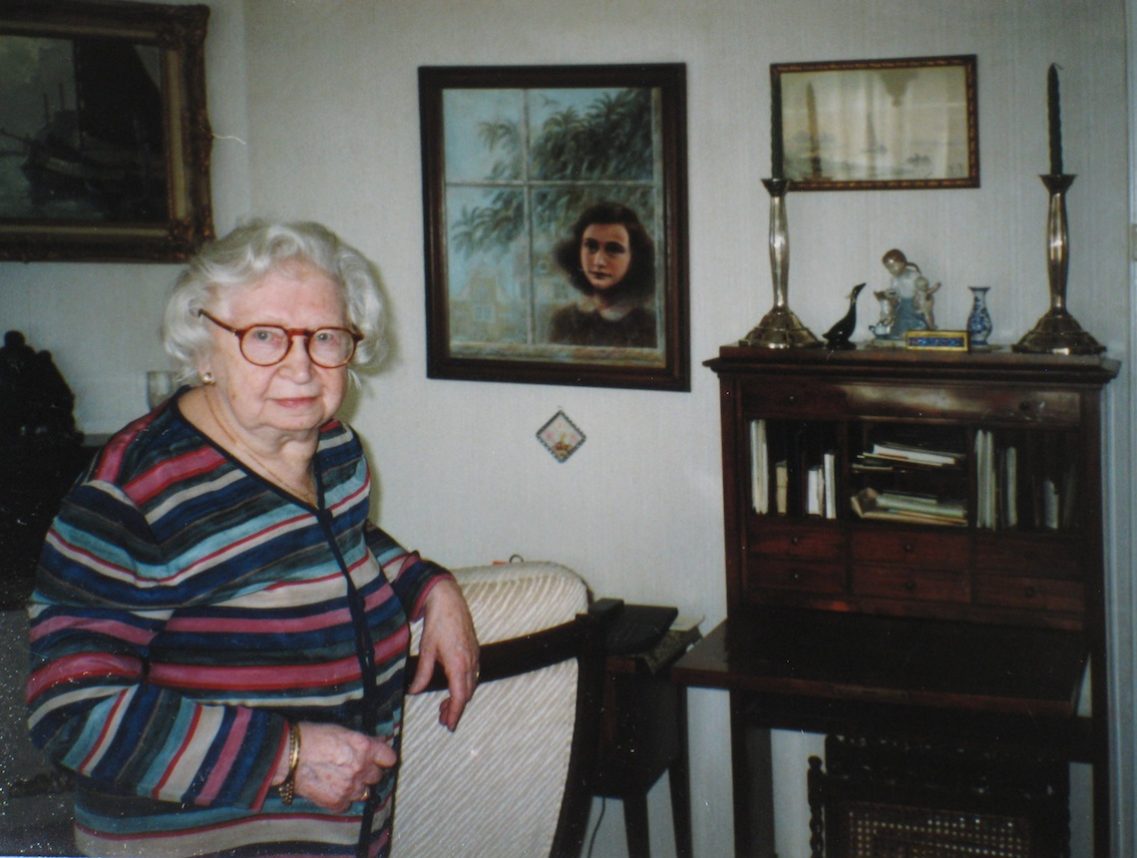
In 1987, she reluctantly agreed to tell her heroic story in a richly detailed book called “Anne Frank Remembered.” Her coauthor Alison Leslie Gold, who remained a close friend and visited Miep twice annually, said last year, “Her mind is clear, she’s still up at 8 each day, and is always dressed impeccably.”
After the terrorist attacks of September 11th, Miep told Gold, “One has to hope for the good at all times.” Despite that optimistic outlook, Miep Gies always said there had not been a single day in the last six decades that she did not think about “what happened”: how the noble scheme failed; how her friends, whom she tried so desperately to save, were murdered.
I felt that enduring sadness when I spoke about my own family during that visit with Miep. She shook her head in sorrow as I told her about relatives lost in the Holocaust, then showed her a new photo from my wallet of my mother, now known as Bunny, holding my sister’s two children, Talia and Aviv Gilboa, of Encino, California.
I asked her what she thought Anne might have become had she lived. “Oh, a writer, of course. A good, famous writer,” she said with a smile. Then, gazing down at the picture of my mom and the kids, she softly sighed. “And a grandmother. She would have been a grandmother.”
Steve North is a broadcast journalist with CBS News.









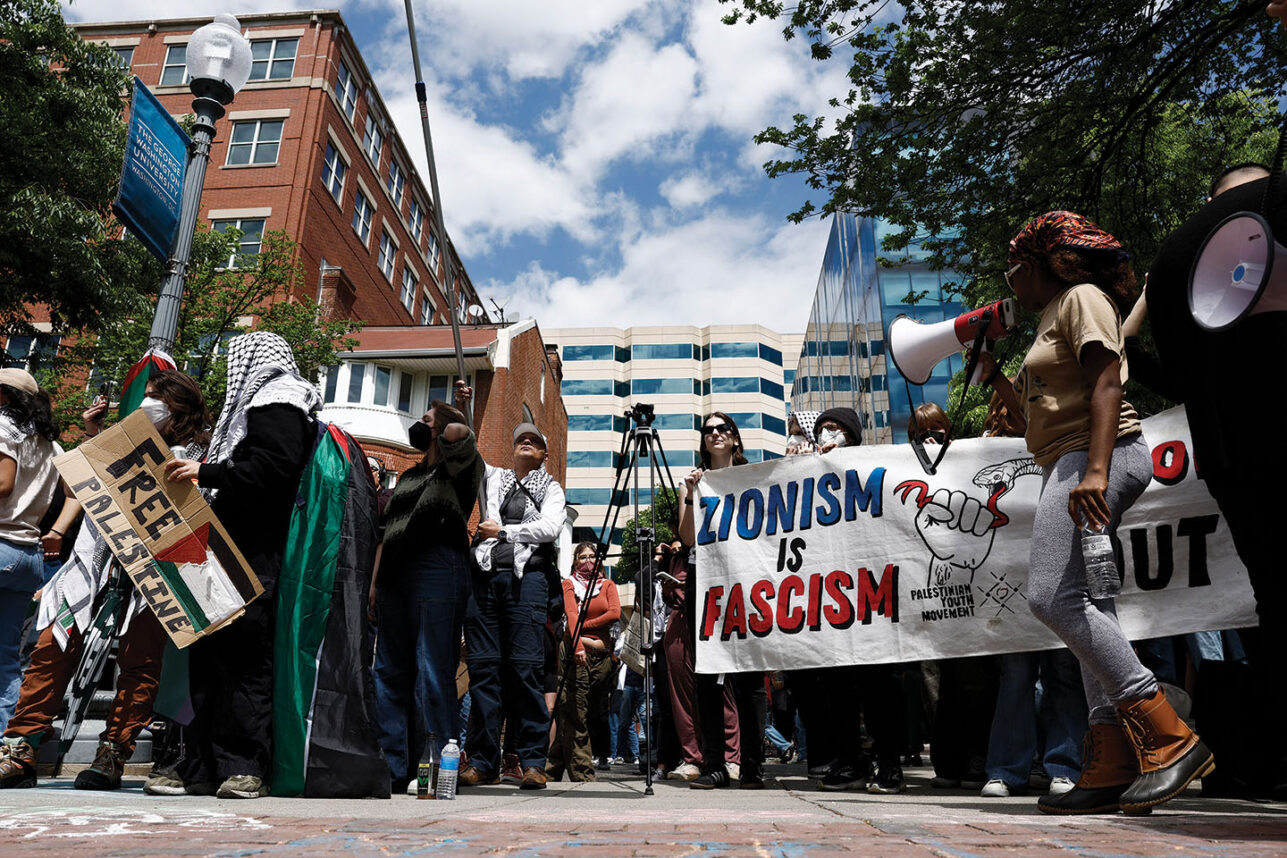


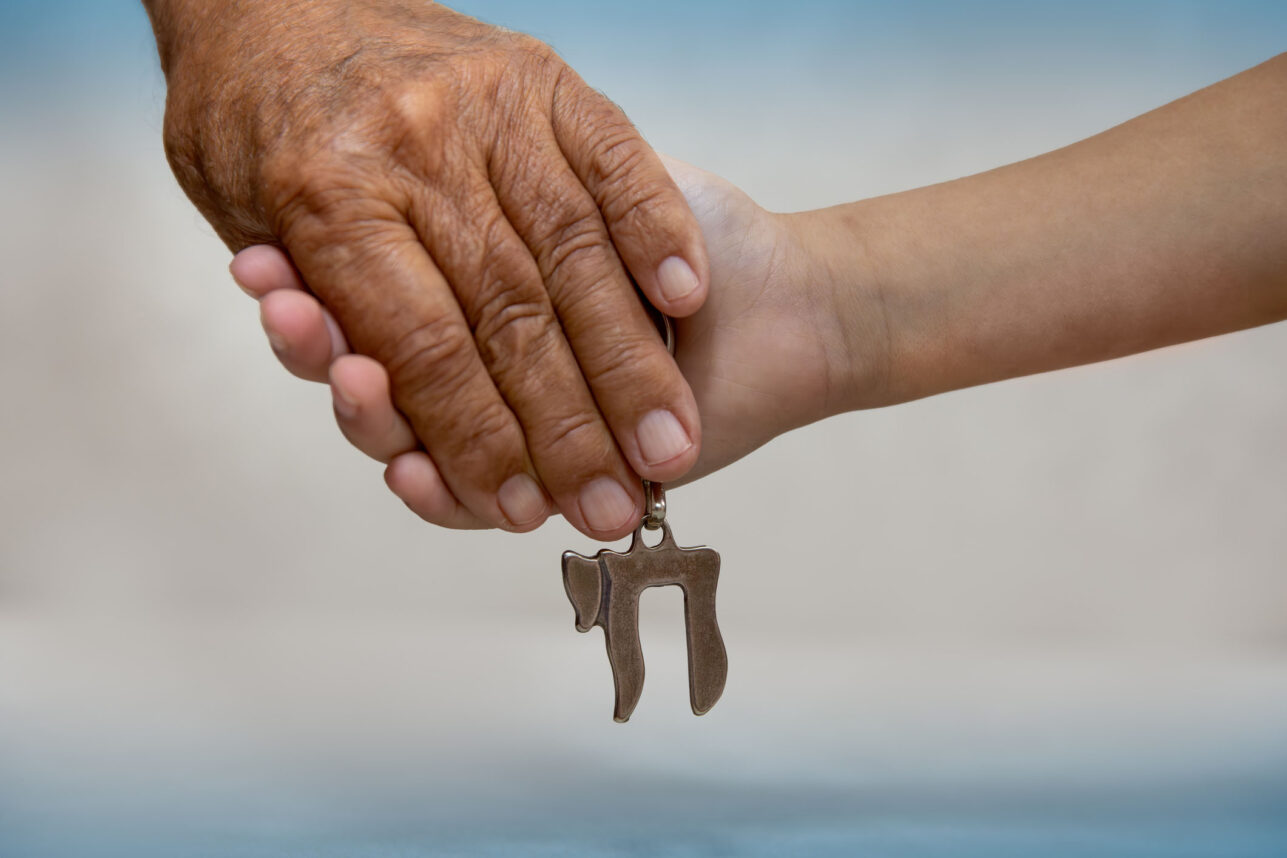
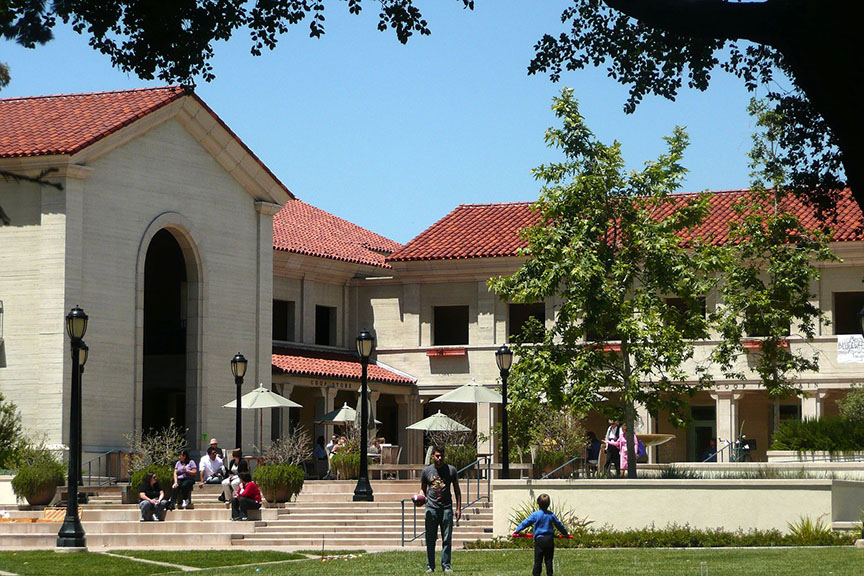








 More news and opinions than at a Shabbat dinner, right in your inbox.
More news and opinions than at a Shabbat dinner, right in your inbox.